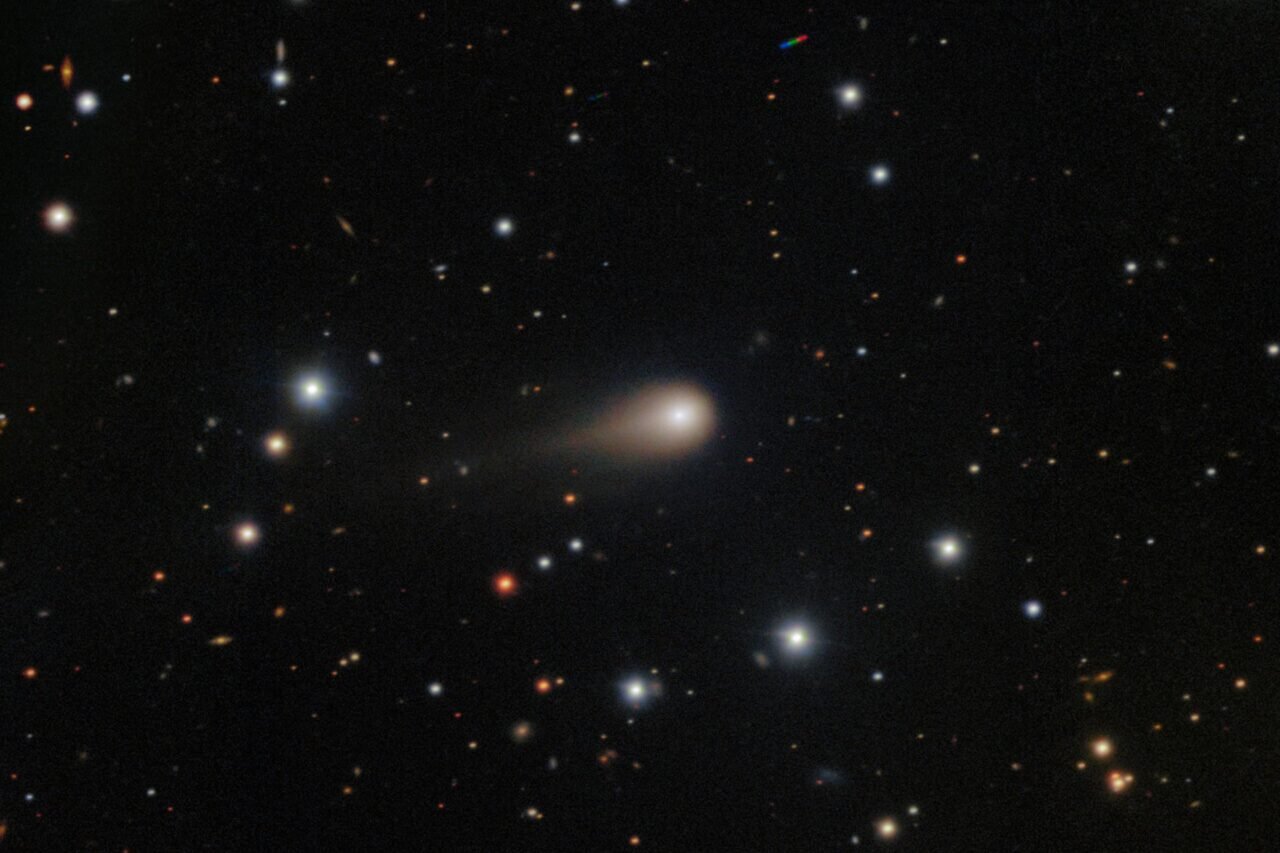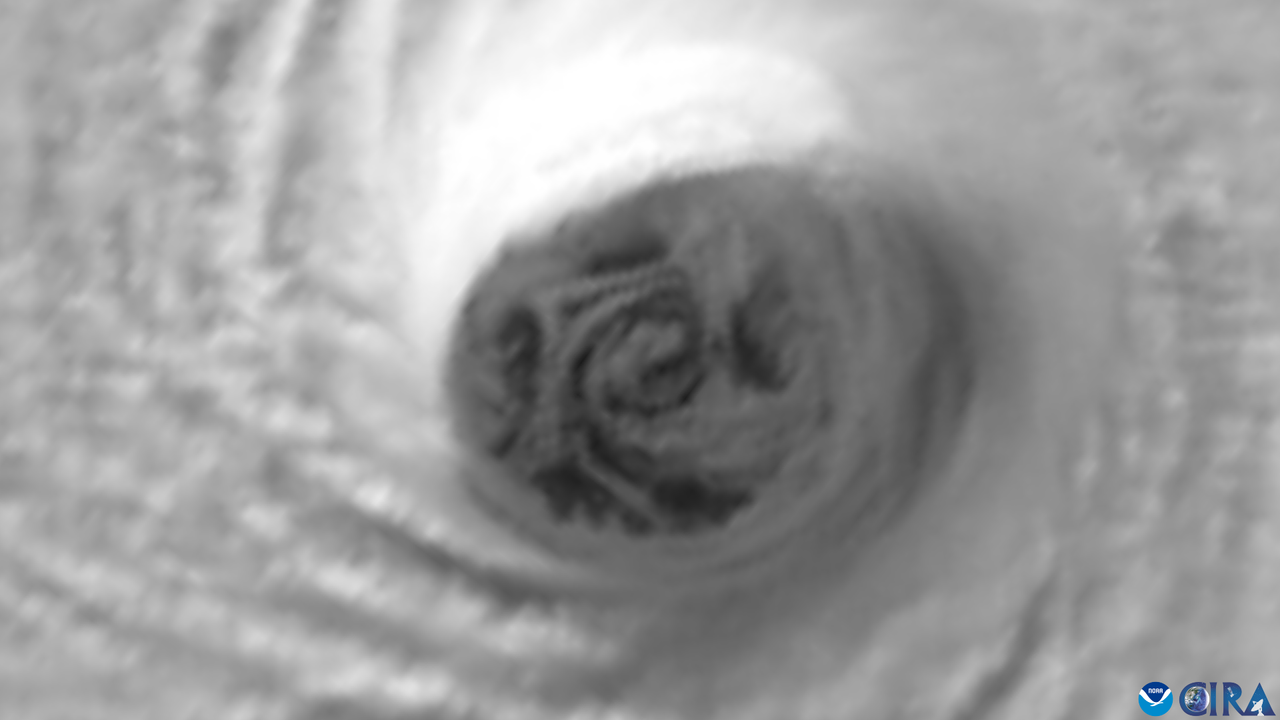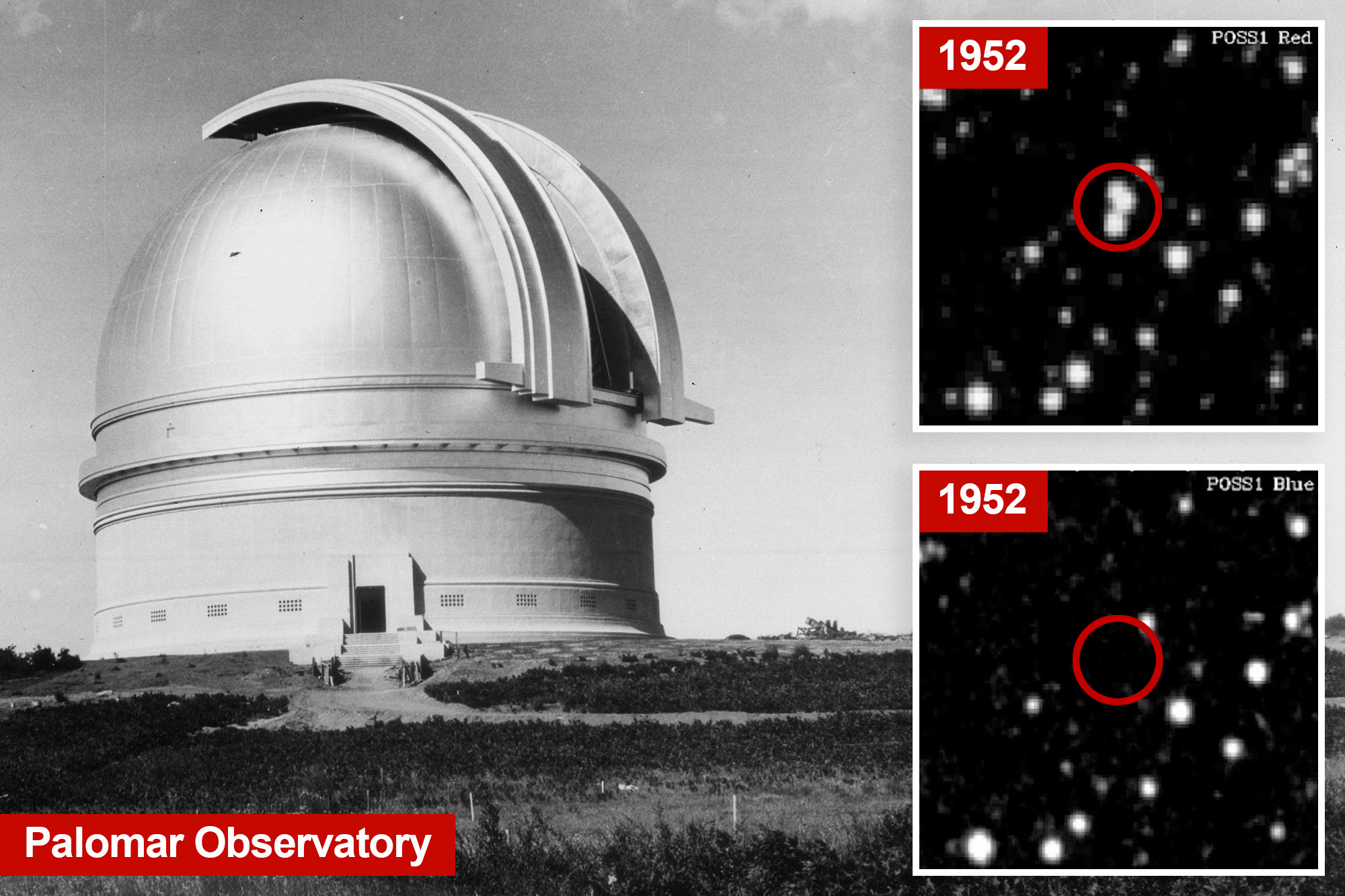Interstellar comet 3I/ATLAS achieved its closest approach to the Sun, known as perihelion, on October 4, 2023. Although it has not been visible from Earth since September, space-based observatories tracked its trajectory, observing its brightness increase as it neared our star. The comet’s icy surface underwent rapid transformation due to solar heat, changing from a solid to a gas almost instantaneously, resulting in a bright coma surrounding its nucleus and forming a visible tail.
Scientific Observations and Insights
Interstellar comets like 3I/ATLAS provide rare opportunities to study distant solar systems, temporarily illuminating the far reaches of our galaxy. Astronomers are particularly keen to analyze the comet during perihelion because the gases and dust released from its nucleus may reveal its composition. Observations from NASA’s GOES-19 satellite and the European Space Agency’s STEREO-A and SOHO observatories have generated valuable data. These findings were detailed in a study by scientists Qicheng Zhang from Lowell Observatory and Karl Battams of the U.S. Naval Research Laboratory, published on the preprint server arXiv.
At perihelion, 3I/ATLAS brightened to a magnitude of approximately 9, making it detectable with a standard backyard telescope if positioned in Earth’s line of sight. Zhang and Battams noted that the comet appeared “distinctly bluer than the Sun,” a color associated with the gas emissions contributing to its brightness. Interestingly, 3I/ATLAS brightened much faster than comets originating from the Oort cloud, a theoretical region filled with icy bodies beyond the Kuiper Belt. The researchers speculated that unusual properties of the comet’s nucleus, such as its composition or structure, may be responsible for this rapid increase in brightness.
Future Observations and Significance
Following its perihelion passage, 3I/ATLAS is now moving away from the inner solar system. Astronomers anticipate that the comet may reappear in Earth’s view briefly in late November or early December, with its closest approach to our planet expected around December 19, 2023. After this, it will gradually fade from visibility as it continues its journey into interstellar space.
Further insights may still be gathered from spacecraft missions. NASA’s Psyche mission, which targets an asteroid of the same name, and the Lucy mission to Jupiter’s Trojan asteroids, could potentially observe 3I/ATLAS again, offering additional clues about its origins and composition. Notably, previous studies have indicated that 3I/ATLAS possesses one of the highest carbon dioxide to water ratios ever recorded in a comet, suggesting that this interstellar visitor may continue to unveil surprises as researchers analyze data collected during its perihelion phase.







